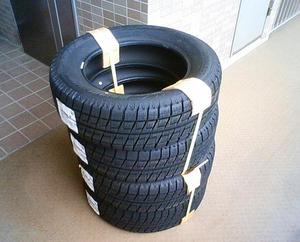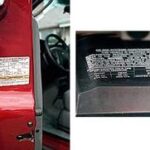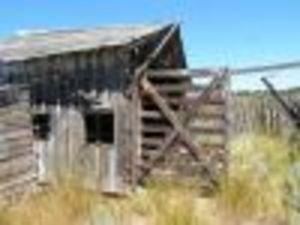Driving in snow and ice is not easy. You can make the experience safer and less stressful by choosing the right tires for your area and the normal road conditions. Tire options include regular snow tires, studded snow tires, and snow chains. Some areas restrict the use of studded tires; other areas will require chains to access roadways.
Regular snow tires
Snow tires have a different tread design to provide a better grip on icy or snowy roadways. These tires are also made of a softer, more flexible rubber. Regular rubber will harden in cold weather; snow tires will mold to the surface of the road. Using snow tires will make steering and stopping on slick surfaces easier. They also work to prevent your vehicle from becoming stuck.
The drawback to using a designated snow tire is that these tires should be changed during summer months. The softer rubber will wear out quickly in warmer conditions. All-weather tires do offer a good grip on snowy surfaces, but do not work as well in very cold temperatures. They can be the right choice if you drive in areas with moderate winter temperatures and little snow and ice accumulation.
Studded snow tires
Studded snow tires take the regular snow tire to a higher traction level by adding studs to the treads. The studs are made from metal or rubber and are designed to bite into the surface of snow and ice for a better grip. There are disadvantages to using studded tires. Metal studs create a lot of noise and can damage clear pavement. In areas with restrictions on the use of studs, you will have to change to regular tires seasonally.
Most states that permit the use of studded tires restrict the use to the winter season. Some states, including Michigan, only allow rubber studs to be used. States also vary rules according to the type of vehicle. Many areas allow exceptions for mail carriers, school buses, and emergency vehicles.
The majority of states that ban the use of studded tires do make exceptions for non-residents only traveling through the area. AAA provides a state-by-state list of regulations regarding studded tires.
Snow chains
Snow chains provide a removable option for driving between clear and snow-covered roadways. Unfortunately, they can be difficult to install if you are not familiar with the procedure. If you have a two-wheel-drive vehicle, you should use chains on all four tires for the best response and handling.
State-by-state requirements for snow-chain use vary. In Wyoming, snow chains are required when a snow emergency is declared. The state of California has three levels of regulations. At an R1 level, chains are required but snow tires are acceptable. R2 indicates that all two-wheel-drive vehicles have snow chains on all four tires. Four-wheel-drive vehicles do not have to use chains. At level R3, all vehicles must use snow chains.
In all but the worst winter areas, you should find that a good-quality snow tire will meet your driving needs. If you do occasionally travel through exceptionally heavy ice and snow, keep a set of chains in the trunk of your vehicle.







